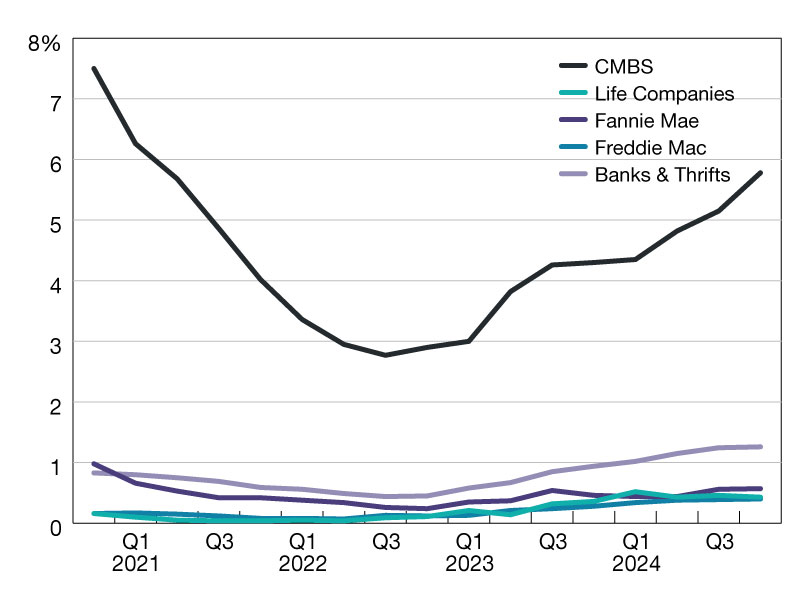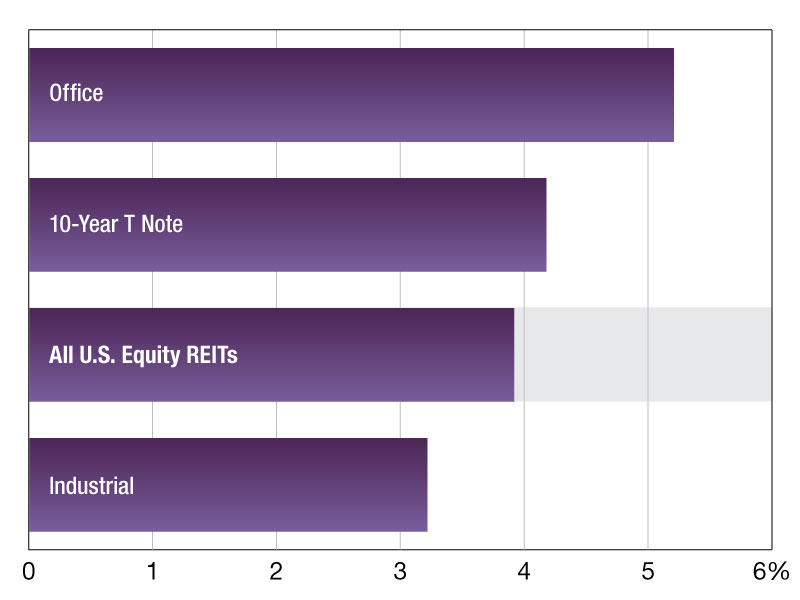April Issue: Finance—Skin in the Game
Borrowers, take note: “Skin in the Game” rules are here.
Borrowers, take note: “Skin in the Game” rules are here. And these new regulations under Dodd-Frank could bring higher interest rates. “There are estimates that the full cost of risk retention, if passed to borrowers, will be about 50 basis points,” said capital markets and mortgage finance expert Richard Jones, partner at the law firm Dechert L.L.P.
Industry sources suggest that in obligating the B-piece buyers to acquire a greater portion of the CMBS issuances, the new Dodd-Frank regulations could push up CMBS loan costs. And ironically, they argue, the higher borrowing price tags could ultimately result in CMBS pools of lower-quality loans as borrowers with higher-grade transactions migrate to other, more competitive, debt sources. The question is how significant the effects will be for CMBS borrowers.
The final portion of the Credit Risk Retention Rule required under the Dodd-Frank Wall Street Reform and Consumer Protection Act of 2010 was released on Oct. 21, 2014, and will come into effect two years from then. Under the regulations, CMBS issuers, originators or B-piece buyers are required to hold at least a 5 percent interest in the overall “fair value” credit risk of a CMBS issuance for a minimum of five years. The retention can be in the form of a “vertical” interest in the pool—a 5 percent interest in each bond class in the pool—or a “horizontal” interest—an interest in a particular bond class or classes, adding to 5 percent interest overall.
Even before the advent of Dodd-Frank, the B-piece buyers of the unrated and riskiest tranches of CMBS pools were said to be the ones serving the risk-retention function of commercial real estate securitization, and the industry successfully lobbied for B-piece buyers to be added to the class of eligible risk retainers under the new rules.
KeyBank Real Estate Capital Group conducted an internal analysis of the new risk-retention rules. Anthony Bulic, executive vice president & head of the group, said that under the new regulations, the B-piece buyers will likely continue to fulfill that risk retention requirement —and the interest held will continue to be based on the “horizontal” rather than the “vertical” model.
Lower Returns
Still, it is not necessarily business as usual under the new regime. One requirement the regulation introduces lies in the amount of risk retention that is required. B-piece buyers currently purchase about 3.25 percent of the credit risk, said Bulic. In order to satisfy the higher, 5 percent, skin-in-the-game mandate, the B buyers would have to buy up the stack—going from the unrated tranche up to as much as 30 to 50 percent of the triple-B-rated tranche of the pool.
The issue is that the B-piece investors’ purchases of bonds in the higher-rated triple-B tranche will deliver lower-yielding returns for their given level of capital infusion—and extensive underwriting. The triple-B stack they have to invest in is pricing about 300 basis points over swaps, pointed out Bulic. “Typically, B-piece buyers require returns higher than that. You are asking them to buy lower-yielding investment, so their all-in yield will decrease. Therefore, you may have to pay them more.”
B-piece investors want mid-teens returns on their investments, agreed Jones. If they purchase triple-B bonds, they may not be able to obtain those returns.
Another issue relates to the regulation allowing two B-piece buyers to partner to satisfy the 5 percent skin-in-the-game requirement. Under the Dodd-Frank regulation, two B-piece buyers’ investments will have to be pari passu in two vertically equivalent slices up the entire stack. The CRE Finance Council, which represents the range of CMBS players, from B-piece buyers to the investment-grade bond investors to the servicers, maintains that bifurcation based on a horizontal rather than a vertical structure would be preferable where two B-piece buyers are involved.
Such a horizontal slice aligns more closely with the B-piece buyers’ existing mode of investment and would still allow for risk retention, explained Christina Zausner, vice president of industry and policy analysis at CREFC. The B-piece buyers would be able to purchase the tranche they prefer, and bring in other investors for the other tranches. “This allows the operators to operate in their natural spaces,” said Zausner.
Rising Costs
The end result of some of these new regulations is higher costs, Zausner pointed out. The B-piece buyers may have to be compensated for their lower yields as a consequence of buying the higher-level tranches. And it is still to be determined who would ultimately pick up that tab—the B-piece buyer, the sponsor or the borrower. “You may have to convince the B-buyers to have a lower yield, or the sponsor may have to eat the difference,” commented Jones, while Bulic observed, “In my opinion, most of that increased cost will flow to the borrower.”
If CMBS interest rates were to be affected, it would start to happen in the summer or fall of 2016, since loans will be originated at that time for CMBS issuances falling under the new rules, Jones noted.
The CMBS loan coupon is currently about 4.25 percent, according to Joe Franzetti, senior vice president of capital markets at Berkadia. An increase to 4.75 percent may not have a huge impact on the amount of transactions, in his view. “CMBS is the capital of choice. I don’t think this will have huge reverberations throughout the market.”
But Zausner argued that the higher interest rates will impact borrowers: “The best borrowers will leave the pool and go to portfolio lending,” reducing the quality of CMBS loan pools as a result of Dodd-Frank.
And Bulic estimated that 20 to 30 points in increased costs could be passed to borrowers, following a period of adjustment. He added that whether the borrower carries most of the added cost “will be decided by the market.”








You must be logged in to post a comment.